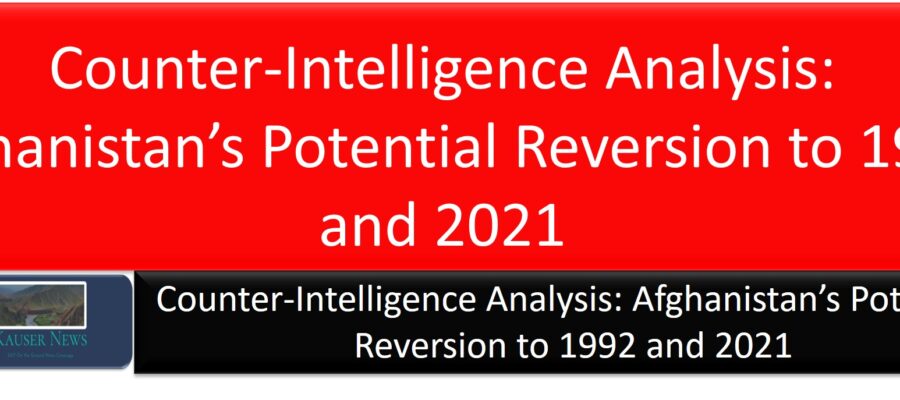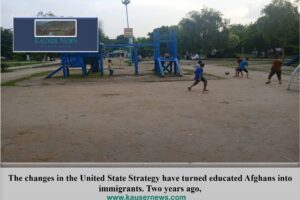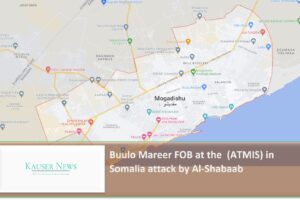This report examines recent developments in Afghanistan, drawing on research from the Kauser News Agency’s Counter-Intelligence Department. Events on the ground suggest a complex interplay of regional powers, insurgent dynamics, and intelligence operations that could push Afghanistan back into the political chaos reminiscent of 1992 and the rapid collapse of governance seen in 2021.
Tajik Soldiers and Northern of Afghanistan Border Movements
Recent intelligence confirms that over 15,000 Night Storm Tajik soldiers have mobilized toward Pakistan within the last 84 hours. This movement raises alarms about a potential incursion into Afghanistan’s northern regions. These soldiers, trained for unconventional warfare, pose a significant threat to Afghanistan’s fragile stability. The mobilization suggests a coordinated effort to undermine Afghan sovereignty and may lead to the establishment of new operational zones for insurgent groups.
Regional Cooperation Between Iran and Pakistan
Sources indicate that Iranian and Pakistani intelligence agencies are working together to recruit disaffected elements within the Taliban, specifically from the Haqqani Network and the Kandahar Taliban factions. These recruits are being funneled into ISIS-K and the Night Storm group, effectively bolstering these groups’ operational capabilities. This collaboration points to a deliberate strategy to weaken Afghanistan’s central government by fueling intra-Taliban rivalries and strengthening extremist factions.
Historical Context: Parallels to 1992 and 2021
- 1992: Afghanistan descended into civil war following the collapse of the Najibullah government, leading to factional fighting among Mujahideen groups. The country’s northern regions became battlegrounds for competing warlords, exacerbating instability.
- 2021: The swift fall of Kabul and the return of the Taliban highlighted vulnerabilities in Afghanistan’s governance and military infrastructure. The lack of a cohesive strategy for maintaining stability opened the door for extremist groups to re-establish themselves.
The current developments mirror these periods, with fragmented alliances and external interference creating conditions ripe for conflict.
Iran’s Strategic Objectives
Iran’s involvement with the Night Storm group reflects its broader regional ambitions. The group’s deployment in Syria under Iranian influence suggests a tested partnership that Tehran aims to replicate in Afghanistan. By leveraging the Night Storm soldiers, Iran seeks to expand its influence into Afghanistan’s northern territories, countering Sunni-majority Pakistan’s traditional dominance in the region.
Pakistan’s Dual Role
While officially denying support for extremist factions, Pakistan’s intelligence apparatus has historically played a double game, using insurgent groups to achieve strategic depth in Afghanistan. The recent collaboration with Iran underscores Pakistan’s willingness to adapt its alliances to maintain leverage over Afghan affairs.
Implications for Afghanistan
- Renewed Civil Conflict: The influx of Night Storm forces and the internal divisions within the Taliban could ignite a new civil war, destabilizing the region.
- Rise of ISIS-K: Strengthened by recruits from Taliban dissidents, ISIS-K is poised to become a dominant force, challenging both the Taliban and Afghanistan’s nascent security apparatus.
- Humanitarian Crisis: Prolonged conflict will exacerbate the ongoing humanitarian crisis, with millions of Afghans facing displacement, food insecurity, and lack of access to basic services.
- Regional Destabilization: The involvement of Iran and Pakistan in Afghanistan’s internal affairs risks drawing neighboring countries into the conflict, further destabilizing South and Central Asia.





